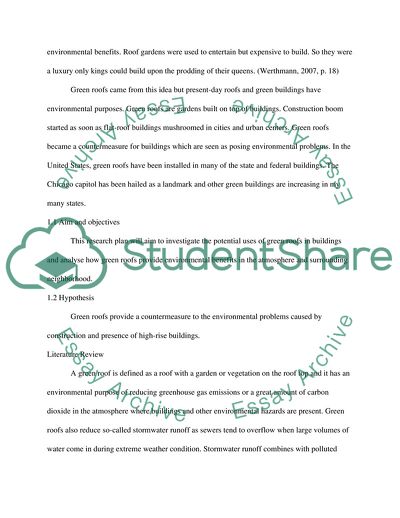Cite this document
(Tthe Environmental Advantages on the Use of Green Roofs in Buildings Coursework Example | Topics and Well Written Essays - 1500 words, n.d.)
Tthe Environmental Advantages on the Use of Green Roofs in Buildings Coursework Example | Topics and Well Written Essays - 1500 words. https://studentshare.org/environmental-studies/1806553-create-a-research-plan
Tthe Environmental Advantages on the Use of Green Roofs in Buildings Coursework Example | Topics and Well Written Essays - 1500 words. https://studentshare.org/environmental-studies/1806553-create-a-research-plan
(Tthe Environmental Advantages on the Use of Green Roofs in Buildings Coursework Example | Topics and Well Written Essays - 1500 Words)
Tthe Environmental Advantages on the Use of Green Roofs in Buildings Coursework Example | Topics and Well Written Essays - 1500 Words. https://studentshare.org/environmental-studies/1806553-create-a-research-plan.
Tthe Environmental Advantages on the Use of Green Roofs in Buildings Coursework Example | Topics and Well Written Essays - 1500 Words. https://studentshare.org/environmental-studies/1806553-create-a-research-plan.
“Tthe Environmental Advantages on the Use of Green Roofs in Buildings Coursework Example | Topics and Well Written Essays - 1500 Words”. https://studentshare.org/environmental-studies/1806553-create-a-research-plan.


